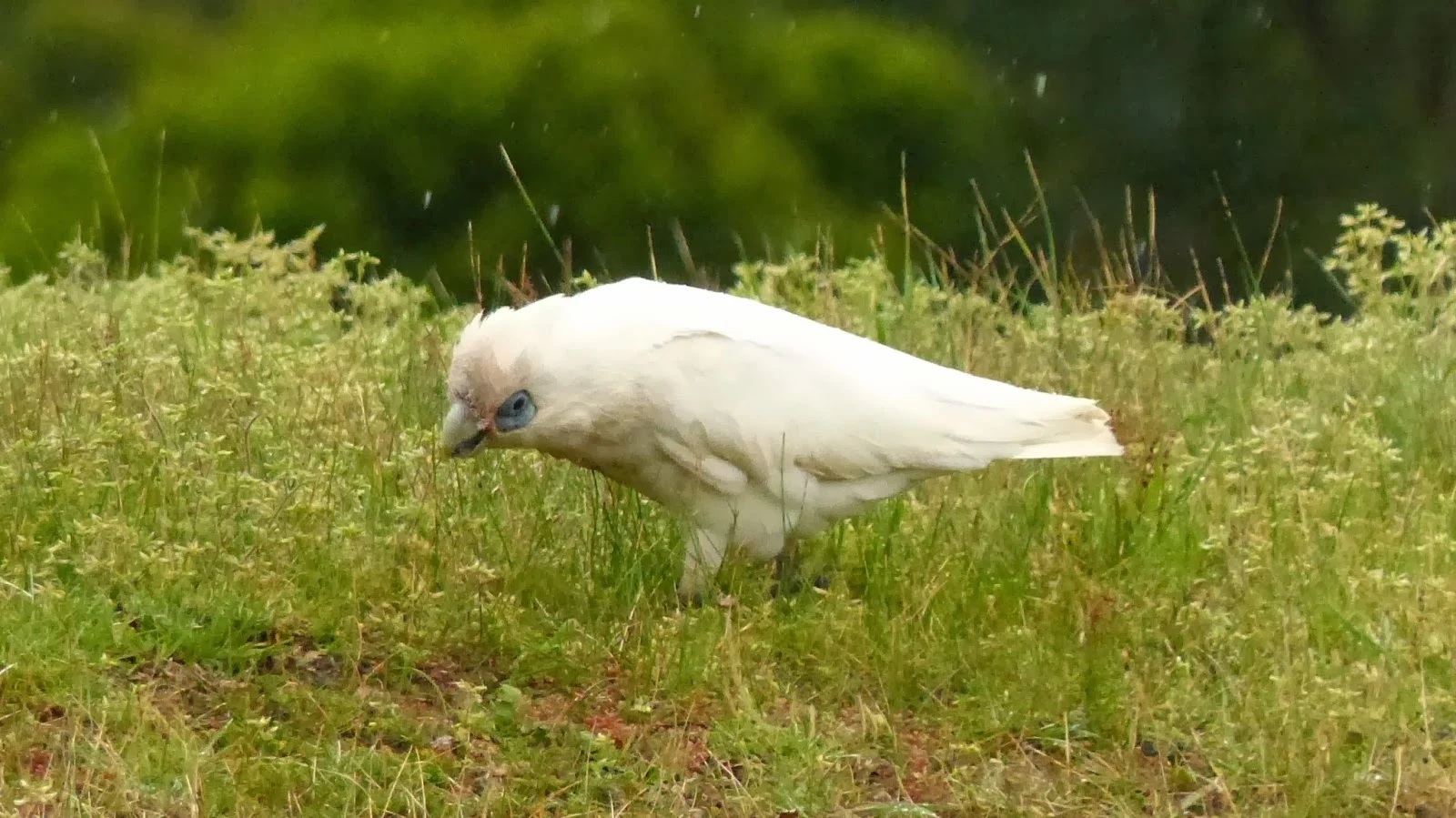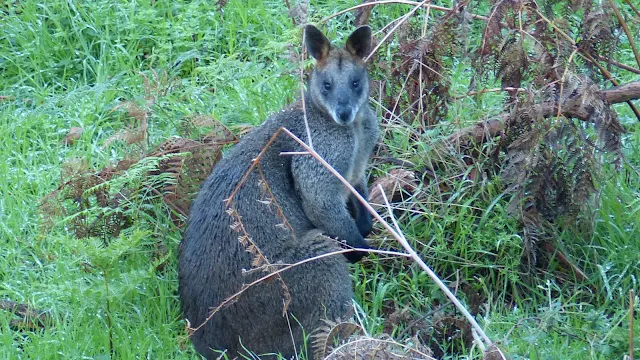Due to our proximity to the Mornington Peninsula National Park, and the Park being both to the North, and to the West, our fire plan deems "ember attack" as the most significant threat.
In the event of a wildfire, using galvanised buckets and cotton mops with long handles, our plan is to extinguish any embers or cinders which land on or around the house ahead of the flame front. We have a 1000 litre galvanised water tank at the southern side of the home to facilitate the recharging of our buckets. We considered the water storage close to the home in the planning phase of the house' construction - noting, our normal water storage is 14 meters below the level of the home, so water is pumped up to the house using 240v mains power. As we anticipate that all power will be cut should a wildfire occur, the 1000 litre tank will be our only source of water.
Keeping the grass very short around the house minimises the impact of the flame front, once it arrives.
Considering this, we conduct two (2) cuts per year, one in late spring, and another just prior to the fire season - for the rest of the year, the kangaroos keep the grasses sufficiently low.
By cutting in late spring, we benefit by the significant reduction of pasture grass seeds. We estimate that the biomass of seed-stock is reduced by up to 70% using this method. Timing is critical. Last year we were spot-on. The year before, we peaked a little early, and due to an extended Spring attributed to ongoing rains and milder weather, we needed to cut an extra couple of times..........but the plan is once.
Similarly, determining the fire season is just as difficult. Last year, we cut in mid' February, whilst this year, we mowed around the home in early January. One of the benefits of fire season cut, is the dispersal of native grass seeds. Ripening later than the introduced pasture grasses, the native grasses are ready just prior to the fire season.
So the mowing regime performs three (3) functions : 1) reduces introduced pasture grass seed stocks, 2) disperses native seeds, and 3) contributes to fire mitigation.
We've included some images to show that the vegetation around the home is minimal, lessening the impact of wildfires to ember attack, and minimising impact from direct flame and radiant heat.
 |
| Looking towards the North-West - the direction from which the fire is likely occur. |
 |
| Looking South-East - again, negligable vegetation around the home |
 |
Looking West-ish - likely direction following an Sou'-west wind change
- down side of the hill might slow the wildfire somewhat. |
 |
| ........again, little or no vegetation that might contribute and/or impact on the home. |





























